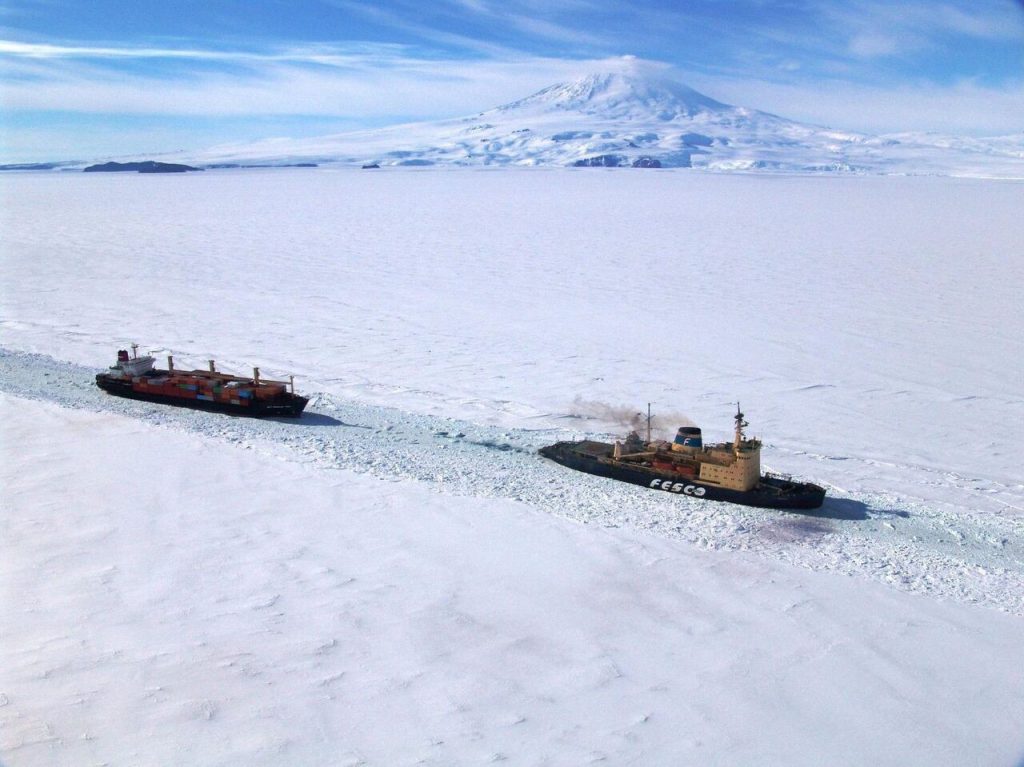2017 marked the first year of the AAAS Community Engagement Fellows Program (CEFP), funded by the Alfred P. Sloan Foundation. The first cohort of Fellows was made up of 17 … Continue reading “Breaking the ice well”
2017 marked the first year of the AAAS Community Engagement Fellows Program (CEFP), funded by the Alfred P. Sloan Foundation. The first cohort of Fellows was made up of 17 scientific community managers working with a diverse range of scientific communities. As they continue to develop their community engagement skills and apply some of the ideas and strategies from their training, the Fellows will report back on the CSCCE blog, sharing their challenges, discoveries, and insights. Here, Fellows Allen Pope, Amber Budden, and Stefanie Butland and mentor Aidan Budd discuss facilitating interpersonal community interactions in person.
The purpose of icebreakers is to bring together a group of people (e.g., professionals, students, community members, etc.) and facilitate social cohesion for the purpose of having them start learning together, benefit from shared experiences, and collectively ‘produce’ during the course of the event. These introductory activities start building shared understanding within the group and allow the group to begin to work toward shared goals.
As CEFP Fellow Melissa Varga wrote: “It can be a little nerve-wracking to bring people together in person, but there are some tactics that can help people ‘break the ice.’ Icebreakers are a great way to help get everyone on the same page and get people chatting to one another. They can be silly, or they can be more structured and topically focused; the goal is to get people to introduce themselves and get comfortable.”
But, as a community manager, where do you start with implementing and designing an Icebreaker during an event?
Continue reading “Breaking the ice well”




